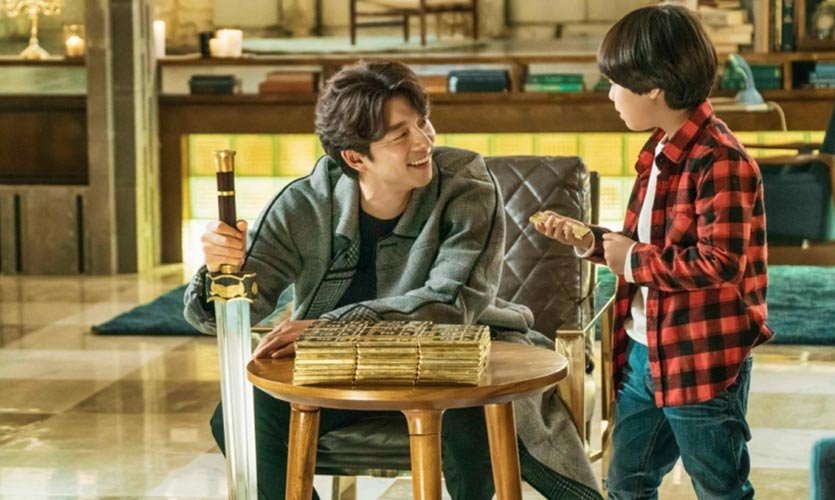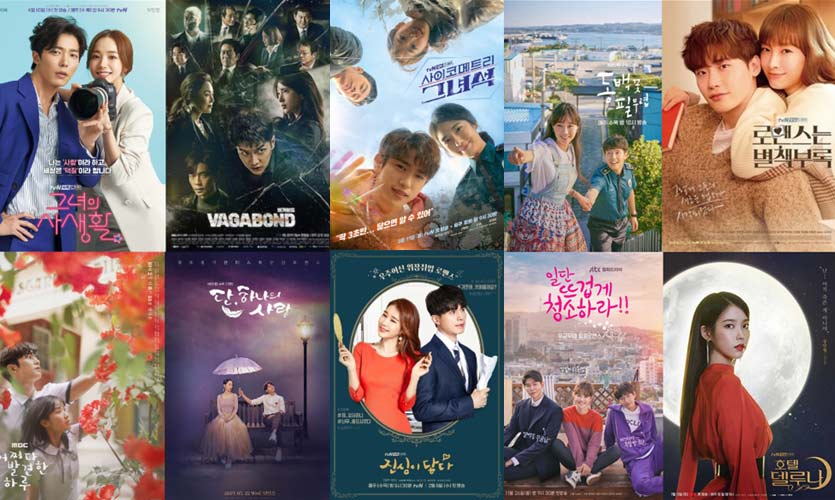My first experience of viewing a Korean drama was like eating a sinfully decadent slice of chocolate cake. At the risk of sounding like someone who has experienced cultural shock, I was mesmerised. For someone who scours the content universe I jumped on the Korean bandwagon very late. In 2018, while studying in Singapore, I came across a Chinese drama standing number 1 on Netflix, Singapore at the time. Out of curiosity, and simply by living in close proximity to China, I decided to give the show a chance. ‘Meteor Garden’ was nothing extraordinary. But I was hooked. It was extremely corny, the characters were way over the top and the plot was an exaggerated version of a romantic Bollywood movie. It feels strange describing a Bollywood movie exaggerated and yet here I was drawing comparisons. I was looking for a real clue as to why the show was top rated. At the same time, I was scratching my brain wondering why I pressed ‘next episode’ faster than the end credits could roll. In my quest, I entered a rabbit hole. It turns out that ‘Meteor Garden’ is a Chinese remake of the hugely popular K-drama, ‘Boys Over Flowers’ (BoF). Based on a 90s manga, the show is a story of a working class girl who ends up tangled in the lives of a group of wealthy boys after moving to an upscale high school. BoF is consistently ranked in the top 10 K-dramas. The show is a gateway to the uninitiated in the K-drama world. While I enjoyed the Chinese version, the original Korean show was even more binge worthy. However, I was still embroiled in curiosity. The show was swoonworthy, with extremely cringe romantic moments, heightened drama and equally heightened tension. Moreover, the love triangle had me inexplicably rooting for the second lead. The number of scenes where the boy heroically swoops in to save the girl had me convinced of the writer’s saviour complex.
From what I had heard about K-dramas, I quickly inferred that BoF was a general representation of an entire cultural phenomenon. A melodramatic soap opera fever that had taken over the world. The show made me believe that Hallyu (the common term for the Korean wave) was successful because of our deep-rooted desire to watch fairytale content as an escape from reality. The lead in BoF is a despicable uber rich high school heartthrob. Every girl in the school wants to be his girlfriend. No one is good enough for him, except (guess who?) the recently enrolled working class girl with no discernible characteristics. She has one thing that no one else seems to have – a beating heart. The show defined my opinion of the K-drama world as painstakingly shallow yet somehow fascinating enough to spark curiosity.
Cut to 2021. Squid Game broke Netflix. It had a classic Netflix format feel, with a hook towards the end of the first episode. While Squid Game topped worldwide Netflix charts, I stumbled upon an interesting insight. Due to the pandemic, K-drama viewership on Netflix had shot up to 370 percent from 2019. For a country familiarised with Asian society and culture, I had wrongly hypothesised that the Korean wave would leave a faint mark in the psyche of Indian society. Next, I started watching ‘Guardian: The Lonely and Great God’ (The Guardian), a Korean fantasy drama starring Gong Yoo, who shot to fame after his performance in ‘Train to Busan’ which was picked up by Cannes for its Midnight Screenings in 2016. Watching ‘The Guardian’ was an inexplicable experience. At first, it felt like watching a typical fantasy drama, but with each passing episode it was like peeling an onion. I lost track jumping between a thriller and rom-com, shifting from mystery and quirky, bouncing from feel-good to crime and adventure. Like a gateway drug, I started binging K-dramas, spending most days and nights devouring show after show. At the end of every drama, I identified a pattern. I realised that all my previous notions were flawed. There was a key to what made these shows the most viewable content on the planet.

In a scene in ‘The Guardian’, the immortal Goblin and the 300 year old Grim Reaper are taught how to use a smartphone by the Goblin’s nephew. Arrogantly, the Goblin states that learning this would be a cakewalk for him. The nephew then says, “Alright lets first go to the Playstore.” In a rib tickling moment, the Goblin and Grim Reaper put on their coats and say, “Let’s go, is it far?”. K-dramas have cracked the code to comedy. Whether it is a period drama or a fantasy thriller, a shade of humour is ever present. Once in a while it reminds the viewer not to take the moment too seriously. Comedy is greatest when it is surprising, it’s always in the timing which must be unexpected. This ‘unexpected’ feature is consistently used by K-drama writers to design detailed story lines as well. Often, the subplots are extremely detailed where the secondary characters cannot be distinguished from the lead. The uniquely intertwined plot lines leave plenty of room for character development. Writers have a plethora of material to develop unique dramas. The most iconic Korean fantasy shows are based on Korean mythology and mythical creatures. From ‘A Korean Odyssey’ to ‘My Love from the Star’ there is no shortage of parallel universes, extraterrestrial species, afterlife depictions, ghosts, and gods.
While Squid Game became relatable to audiences because of its representation of wealth disparity and class differences, almost all K-dramas depict the fragmented nature of Korean society. In some shows the disparity between the rich and poor is blatantly obvious, in others, these divisions subtly play out in the background. Similar to BoF, ‘The Inheritors’ revolves around the conflicts between trust fund children and scholarship students. Contrarily, in ‘Tale of the Nine Tailed’ these differences cause minor hiccups in plot B. After BoF I was also led to believe that all K-dramas would have stereotypical male leads with a saviour complex. This is far from the truth. There are countless shows with female superheroes and strong women. In the ‘The King: The Eternal Monarch’ the leading lady is a detective who needs no saving. Throughout the show, all action scenes are not centred around saving the damsel in distress. In ‘Strong Girl Bong Soon’ the heroine often swoops in to save the male lead. Apart from impeccable physical abilities, many of the lead women are doctors, lawyers, soldiers, mothers and the list goes on.
There is a consistent lack of physical intimacy between romantic partners in K-dramas. Across all shows, lip kisses are barely a peck, steamy makeout scenes are rare and sexual encounters are entirely non-existent. The romance is often played out on a spiritual level, where the connection between the lovers is metaphysical. Characters will not hold hands till after a few episodes and a hug is a significant kilig moment. Even when they have established a relationship, there is no onscreen lovemaking. The lack of physical intimacy builds intense will-they-won’t-they moments. Over time, even an innocent gesture such as hand holding, heightens catharsis because of the delayed physical contact between the characters. On the flipside, K-dramas are known to create an illusion that love and sex run parallel. In many dramas characters will shove the idea of sex as ‘perverted’ ‘sick’ and ‘disgusting’.
My initial conclusion of K-dramas was not entirely wrong. Many shows heavily rely on larger than life characters and cliched plot lines setting unrealistic standards for values (loyalty, family), feelings and emotions (love, revenge). However, these shows are an extremely useful escape from reality, a complete distraction from the chaotic reality of the world. Churning out show after show of bingeable stories, the K-drama universe is nothing short of a stroke of genius.
Deep Dive is a weekly column written by Ashini Jagtiani exploring subjects that have revolutionised the socio-cultural fabric of society.










